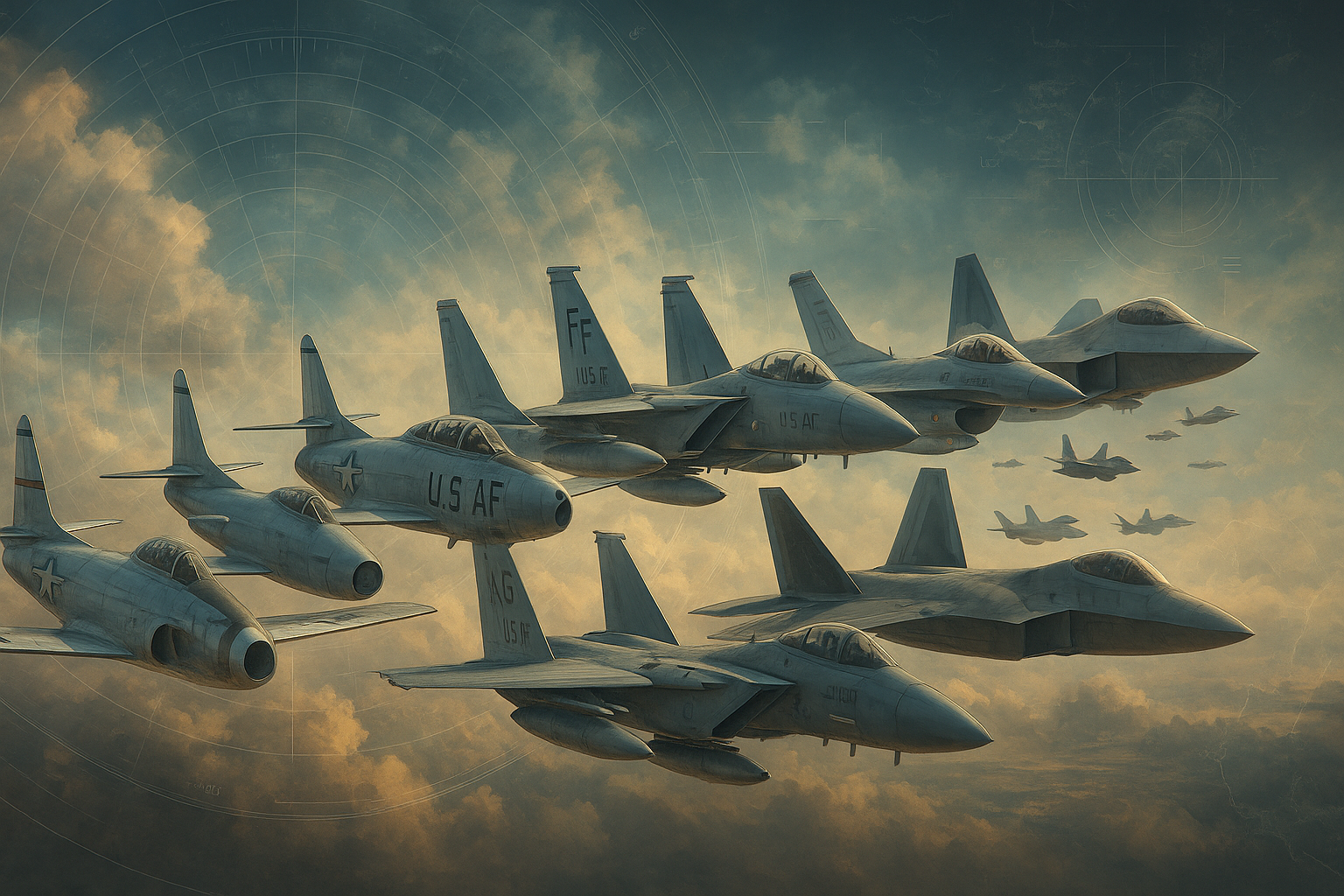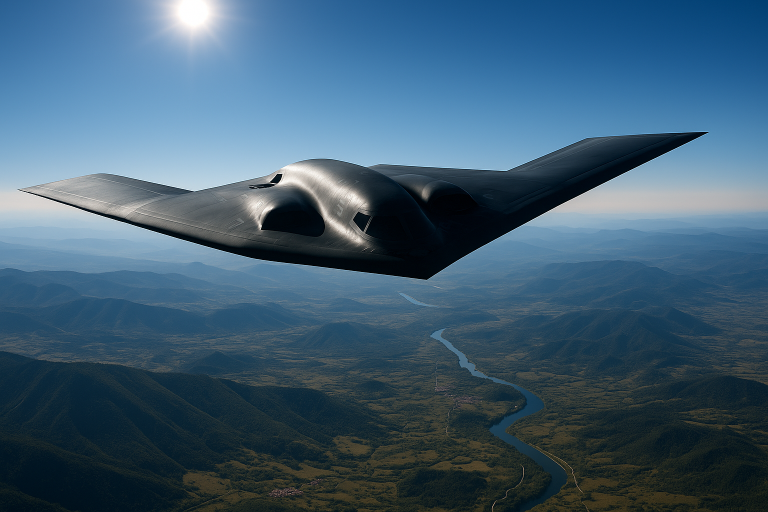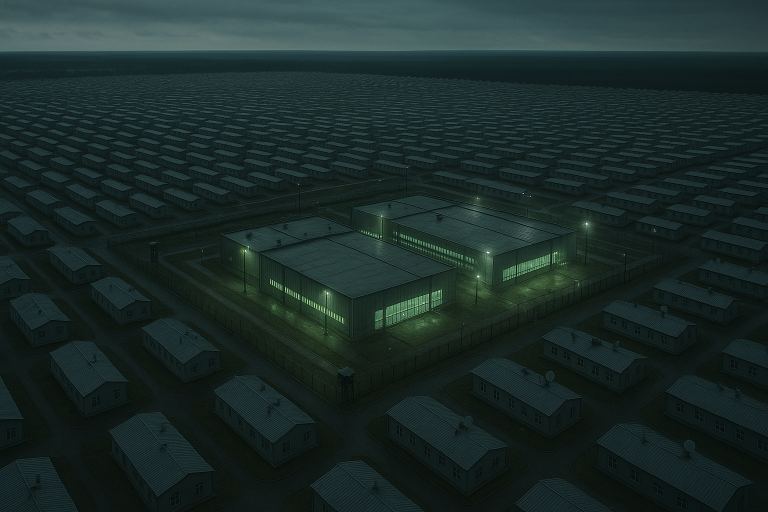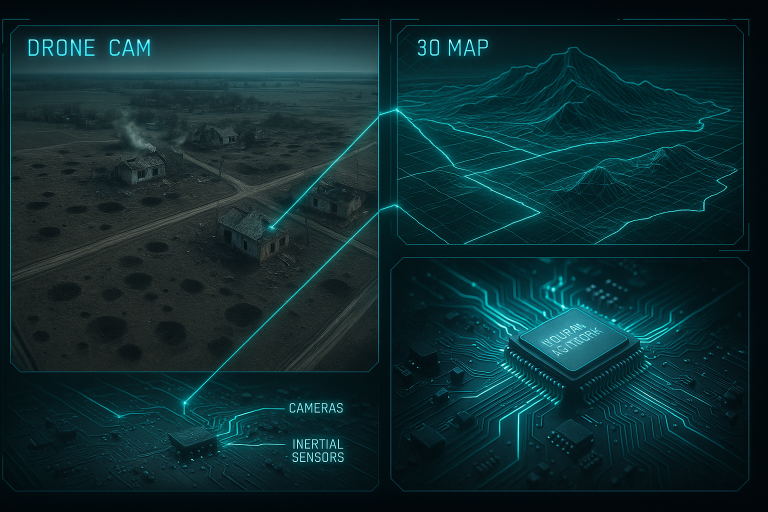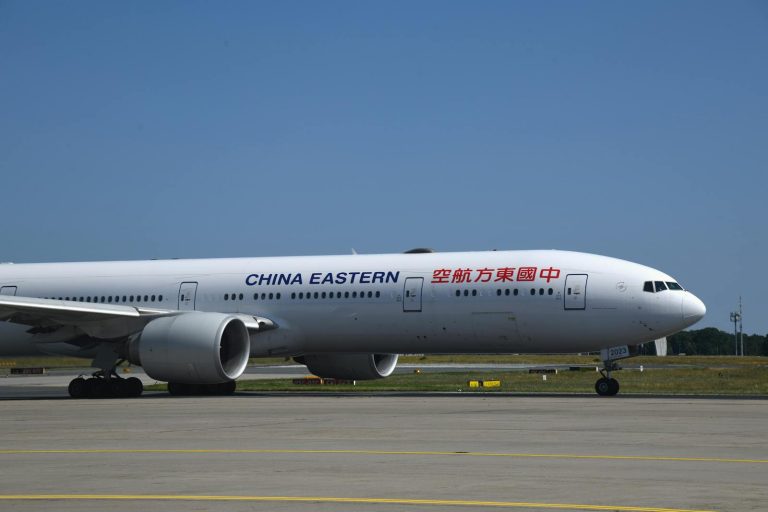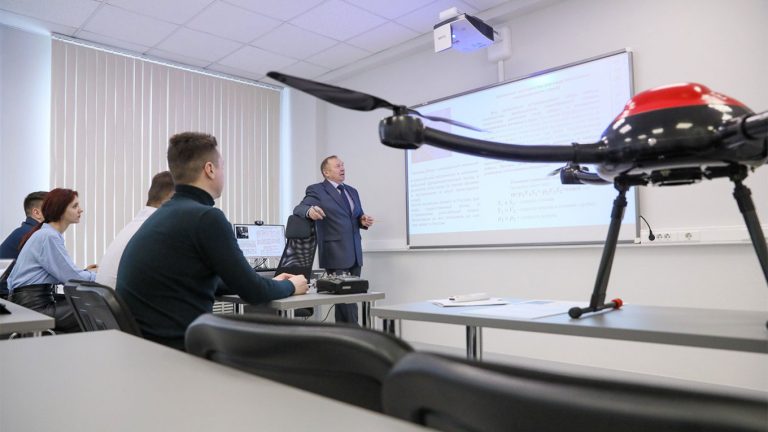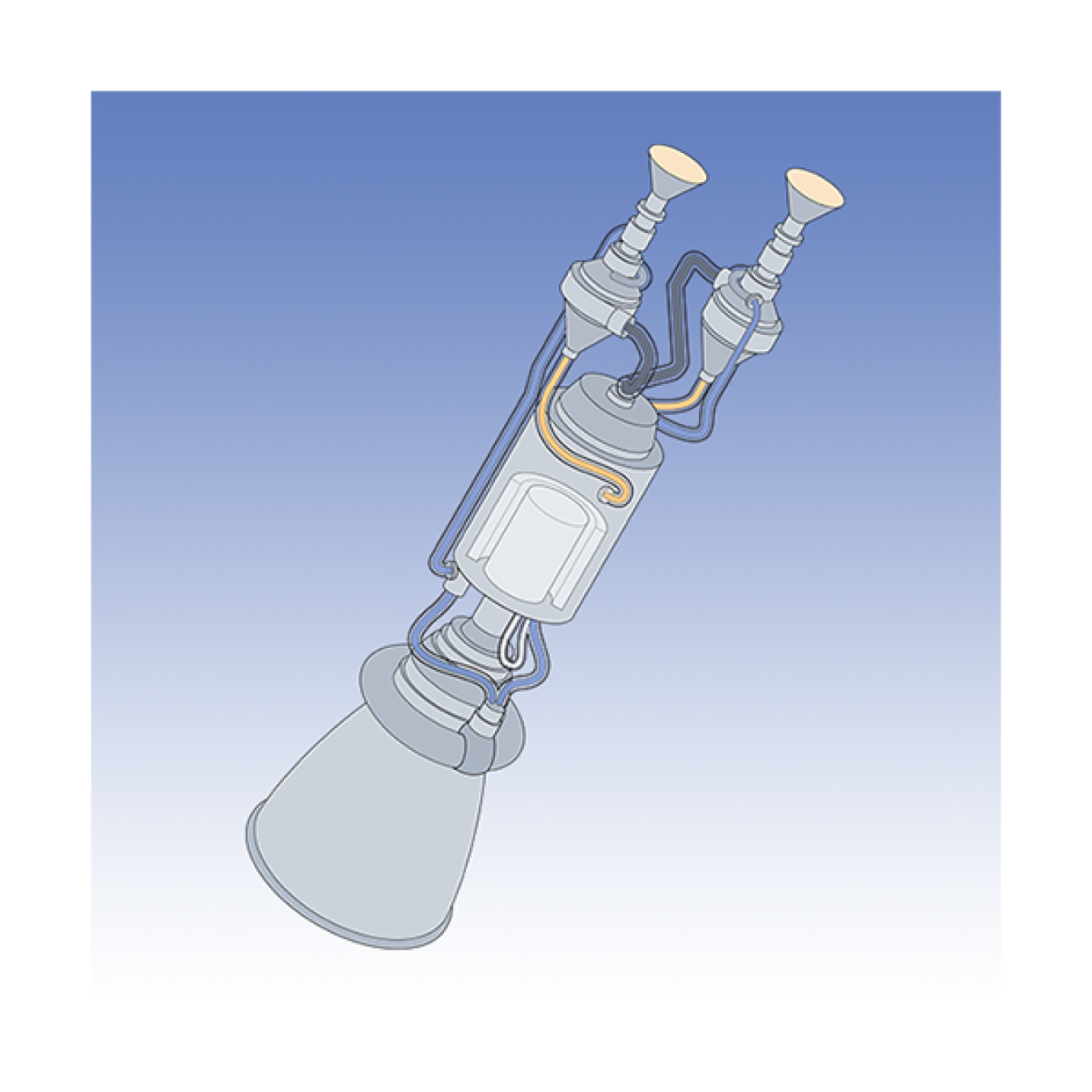The Evolution of U.S. Fighter Jets: From F-86 Sabre to F-35 and Beyond
The evolution of U.S. fighter jets is a story of relentless technological advancement, driven by the changing demands of global conflicts and national security.
From simple subsonic jets to today’s networked stealth fighters, each generation has brought revolutionary capabilities that have redefined aerial warfare.
This progression reflects not only improvements in speed, range, and firepower but also fundamental shifts in how air combat is conducted – from visual dogfights to networked, sensor-driven engagements across vast distances.
The table below summarizes the six generations of U.S. fighter jets, highlighting their key technologies and most iconic aircraft.
| Generation | Time Period | Key Technological Leaps | Iconic U.S. Aircraft |
|---|---|---|---|
| 1st | 1940s-1950s | Jet propulsion, straight wings, guns | F-80 Shooting Star, F-86 Sabre |
| 2nd | 1950s-1960s | Swept wings, afterburners, radar, early missiles | F-100 Super Sabre, F-104 Starfighter, F-105 Thunderchief |
| 3rd | 1960s-1970s | Multirole versatility, advanced missiles, pulse-doppler radar | F-4 Phantom II, F-111 Aardvark, F-14 Tomcat |
| 4th | 1970s-1990s | Fly-by-wire, high maneuverability, advanced avionics | F-15 Eagle, F-16 Fighting Falcon, F/A-18 Hornet |
| 4.5th | 1990s-Present | AESA radar, sensor fusion, limited stealth, supercruise | F-15E Strike Eagle, F/A-18E/F Super Hornet, F-15EX Eagle II |
| 5th | 2000s-Present | Very Low Observable (VLO) stealth, advanced sensor fusion | F-22 Raptor, F-35 Lightning II |
| 6th | 2030s+ (Projected) | Manned-unmanned teaming, artificial intelligence, adaptive engines | Next Generation Air Dominance (NGAD) |
The Dawn of the Jet Age: First Generation
The first generation of U.S. jet fighters emerged in the final stages of World War II, marking a pivotal transition from propeller-driven aircraft. These early jets were fundamentally similar to their piston-engine predecessors but replaced propellers with turbojet engines, offering a significant boost in speed.
The Lockheed P-80 Shooting Star was America’s first operational jet fighter and the first to exceed 500 mph in level flight. The most iconic fighter of this era, the North American F-86 Sabre, introduced a critical innovation: the swept wing. This design, borrowed from German wartime research, allowed the Sabre to approach transonic speeds and effectively counter the Soviet MiG-15 in history’s first large-scale jet-vs-jet battles during the Korean War. Armament remained simple, relying on machine guns and cannons, with engagements occurring exclusively within visual range.
Supersonic Leap and Missile Age: Second Generation
Spurred by lessons from Korea, second-generation fighters were designed to break the sound barrier and incorporate new technologies. The introduction of swept wings and afterburning engines provided the thrust needed for sustained supersonic flight.
The North American F-100 Super Sabre became the first U.S. fighter capable of level supersonic flight. This era also saw a major shift in armament with the introduction of air-to-air missiles and more powerful radar systems, moving combat beyond visual range. The Convair F-102 Delta Dagger exemplified the focus on interception, using its delta wing and missile armament to counter bomber threats.
Multi-Role Versatility and Advanced Avionics: Third Generation
Third-generation fighters were defined by their multi-role capabilities, performing both air-to-air and air-to-ground missions with greater effectiveness. Advancements in avionics, including pulse-doppler radar and terrain-warning systems, made these aircraft more capable in all weather conditions.
The McDonnell Douglas F-4 Phantom II was the quintessential third-generation fighter. A powerful and versatile aircraft, it served with the Air Force, Navy, and Marine Corps, carrying a massive payload of missiles and bombs but initially lacking an internal cannon—a lesson hard-learned in Vietnam. This period also introduced innovative engineering like variable-sweep “swing wings” on the F-111 Aardvark and F-14 Tomcat, which optimized performance for both slow carrier landings and high-speed intercepts.
Energy Maneuverability and Digital Flight: Fourth Generation
Fourth-generation fighters responded to the shortcomings of their predecessors in Vietnam, emphasizing agility, superior pilot situational awareness, and reliable weaponry. The widespread adoption of fly-by-wire systems allowed for inherently unstable but highly maneuverable designs.
The McDonnell Douglas F-15 Eagle was built with a singular purpose: “not a pound for air-to-ground.” It boasted an unbeatable thrust-to-weight ratio and introduced new technologies to achieve absolute air superiority. The General Dynamics F-16 Fighting Falcon complemented the F-15 as a lighter, highly maneuverable multirole fighter, its flight controls continuously making tiny adjustments to help the pilot.
Enhanced Capabilities and Semi-Stealth: 4.5 Generation
The “4.5” generation designation refers to substantial upgrades applied to fourth-generation airframes, integrating technologies developed for the fifth generation without full stealth. Key features include Active Electronically Scanned Array (AESA) radar, improved stealth coatings, and advanced sensor fusion.
The Boeing F-15EX Eagle II represents the peak of this generation. It builds on the F-15’s legacy with modern digital fly-by-wire controls, an all-glass cockpit, and the ability to carry a massive load of up to 22 air-to-air missiles, acting as a “weapons truck” for stealthier partners. Other examples like the F/A-18E/F Super Hornet and F-15E Strike Eagle also received comprehensive upgrades to keep them relevant against modern threats.
The Stealth Revolution: Fifth Generation
Fifth-generation fighters represent the current pinnacle of fighter technology, with stealth as their defining characteristic. Their airframes are shaped from the ground up to have a very low radar signature, and they carry weapons internally to preserve their stealth profile.
The Lockheed Martin F-22 Raptor was the world’s first operational fifth-generation fighter. It combines stealth with the ability to supercruise (sustain supersonic flight without afterburners) and possesses extremely high maneuverability. The Lockheed Martin F-35 Lightning II family was designed around sensor fusion, integrating information from its radar and other sensors to give the pilot an unparalleled view of the battlefield. It serves as a multirole stealth fighter across the Air Force (F-35A), Marine Corps (F-35B with vertical landing), and Navy (F-35C for carriers).
The Future is Now: Sixth Generation on the Horizon
Development is already underway on the sixth generation of fighter aircraft. While details are classified, the focus is on systems that go beyond a single platform. The U.S. Air Force’s Next Generation Air Dominance (NGAD) program is expected to center on a manned “quarterback” aircraft that will control a team of semi-autonomous “robotic wingmen” or Collaborative Combat Aircraft (CCAs).
These future systems will likely feature adaptive cycle engines for optimal performance and range, even more advanced networked sensors, and artificial intelligence to assist pilots in managing complex battles.
From the straight-winged P-80 to the stealthy F-35, the evolution of U.S. fighters showcases an unending pursuit of air dominance. Each generation has built upon the last, ensuring that the U.S. maintains its technological edge in the skies.

